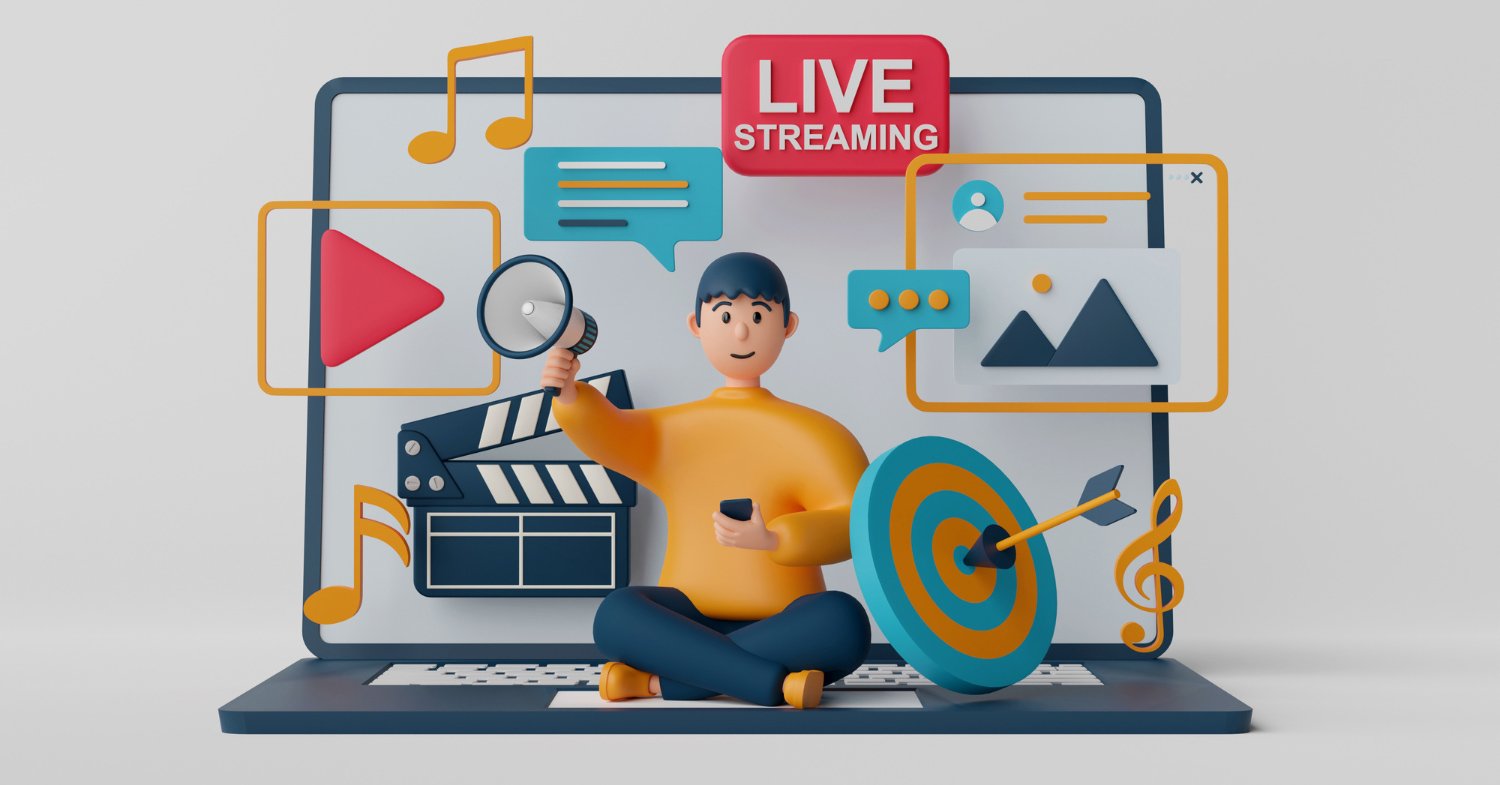Analyzing Information to Optimize Your Digital Marketing Performance
In a period where electronic impacts are important, evaluating data is critical to optimizing your electronic advertising and marketing performance. Via metrics such as Click-Through Fees and Conversion Fees, marketers can acquire workable insights that drive meaningful involvement. Tools like Google Analytics and heatmaps offer a granular view of target market behavior, enabling a targeted strategy to content development. This data-driven approach not only aligns marketing efforts with customer choices however likewise makes the most of Roi. Understanding just how to continually keep an eye on and adapt to these understandings is necessary for maintaining dexterity in a rapidly advancing digital landscape. Interested regarding taking your marketing to the next degree?
Identifying Trick Metrics

Famous among these metrics are Click-Through Rate (CTR), Conversion Price (CR), and Roi (ROI) CTR shows the percentage of customers who click an ad or web link, offering understanding into the efficiency of imaginative possessions and targeting approaches. CR steps the percentage of site site visitors that finish a wanted action, such as filling up or making an acquisition out a kind, thus reflecting the effectiveness of the sales funnel. ROI, on the various other hand, analyzes the profitability relative to the costs sustained, supplying a comprehensive sight of the monetary effect of marketing activities.
Additionally, other crucial metrics like Customer Procurement Price (CAC) and Life Time Value (LTV) offer much deeper understandings into the cost-effectiveness and long-term worth produced from marketing initiatives. By diligently tracking these KPIs, organizations can make data-driven choices to refine and enhance their electronic advertising techniques.
Understanding Customer Actions
Building on the foundation of vital metrics, an in-depth understanding of customer habits supplies a nuanced perspective that drives much more effective digital advertising methods. By analyzing just how consumers interact with your online platforms, you can discover patterns and preferences that inform targeted advertising initiatives. This includes inspecting various touchpoints such as site navigating, content consumption, and social media sites engagement.
Comprehending consumer behavior begins with segmenting your audience based upon group, psychographic, and behavioral data. This segmentation permits individualized marketing, satisfying certain demands and preferences of distinct groups. As an example, recognizing frequent buyers versus one-time purchasers can aid customize advertising deals and interaction strategies accordingly.
Furthermore, mapping the client trip is crucial. This involves tracking the actions a consumer extracts from first recognition to last acquisition, and even post-purchase interaction. By doing so, you can identify potential drop-off points and optimize these locations to boost consumer retention and conversion rates.
Additionally, examining comments and evaluates offers straight understandings into customer fulfillment and areas for improvement. Recognizing the her latest blog inspirations, pain points, and assumptions of your audience enables the crafting of even more powerful and effective advertising messages, ultimately driving greater interaction and loyalty.
Leveraging Analytical Devices
Harnessing the power of analytical devices is important for optimizing digital advertising and marketing performance. These devices offer granular understandings into different elements of advertising and marketing campaigns, from audience interaction to conversion rates.
The utility of analytical tools prolongs beyond mere data collection. Heatmaps can expose user interaction with web site elements, while A/B testing tools can identify the effectiveness of different material variations.
Incorporating logical devices with various other electronic marketing systems, such as social networks and e-mail advertising software application, produces a natural community for detailed efficiency tracking. This all natural sight makes sure that all elements of an electronic advertising method are straightened and maximized. In a progressively competitive digital landscape, the ability to leverage logical devices effectively can be the making a decision aspect between success and torpidity.
Enhancing Content Technique

One key aspect of improving material approach is understanding target market preferences and behavior. Analytics can reveal market details, height engagement times, and preferred material styles, such as videos, blogs, or infographics. This knowledge allows marketing professionals to customize their content to visit our website meet the specific demands and rate of interests of their audience, consequently raising the chance of interaction and conversion.
Moreover, constant surveillance and analysis of material performance provide insights into what is working and what requires adjustment. A/B testing different headlines or calls-to-action can generate useful information on aspects that drive the many engagement. In addition, tracking material performance across numerous networks aids in optimizing Resources circulation strategies, making certain that the best web content reaches the right target market with the most efficient platforms.
Essentially, data-driven content strategy improvement is an intermittent process of refinement, execution, and evaluation, geared towards supplying maximum worth to both the business and the target market.
Determining Project Success
Measuring campaign success is crucial for comprehending the effectiveness of digital advertising and marketing campaigns and making notified decisions for future initiatives. Key efficiency indicators (KPIs) are necessary metrics that offer insights right into campaign performance.
To efficiently measure campaign success, it is essential to set clear, quantifiable goals from the beginning. These goals ought to be straightened with broader business goals and give a criteria for reviewing efficiency. Using tools like Google Analytics, social media analytics, and CRM systems can assist in the monitoring of these KPIs and provide real-time information understandings.
Evaluating this data assists recognize which elements of the campaign are working well and which call for adjustments. A low CTR may suggest that ad duplicate needs improvement, while a high CAC could recommend a demand for targeting optimization. Continuous monitoring and evaluation make sure that advertising and marketing initiatives are agile and responsive, inevitably leading to more effective and reliable campaigns.
Final Thought
To conclude, the optimization of electronic marketing efficiency with data analysis is crucial. Recognizing key metrics such as Click-Through Rates (CTR) and Conversion Fees (CR) permits a deeper understanding of consumer habits. Leveraging analytical tools, consisting of Google Analytics and heatmaps, improves material approaches and project efficiency. Continual tracking and data-driven adjustments make sure that advertising initiatives straighten with evolving fads, ultimately driving greater Return on Investment (ROI) and accomplishing tactical objectives.
:max_bytes(150000):strip_icc()/digital-marketing-1222811180-3968de5d1f19400a88b1e5e44cd9fae4.jpg)